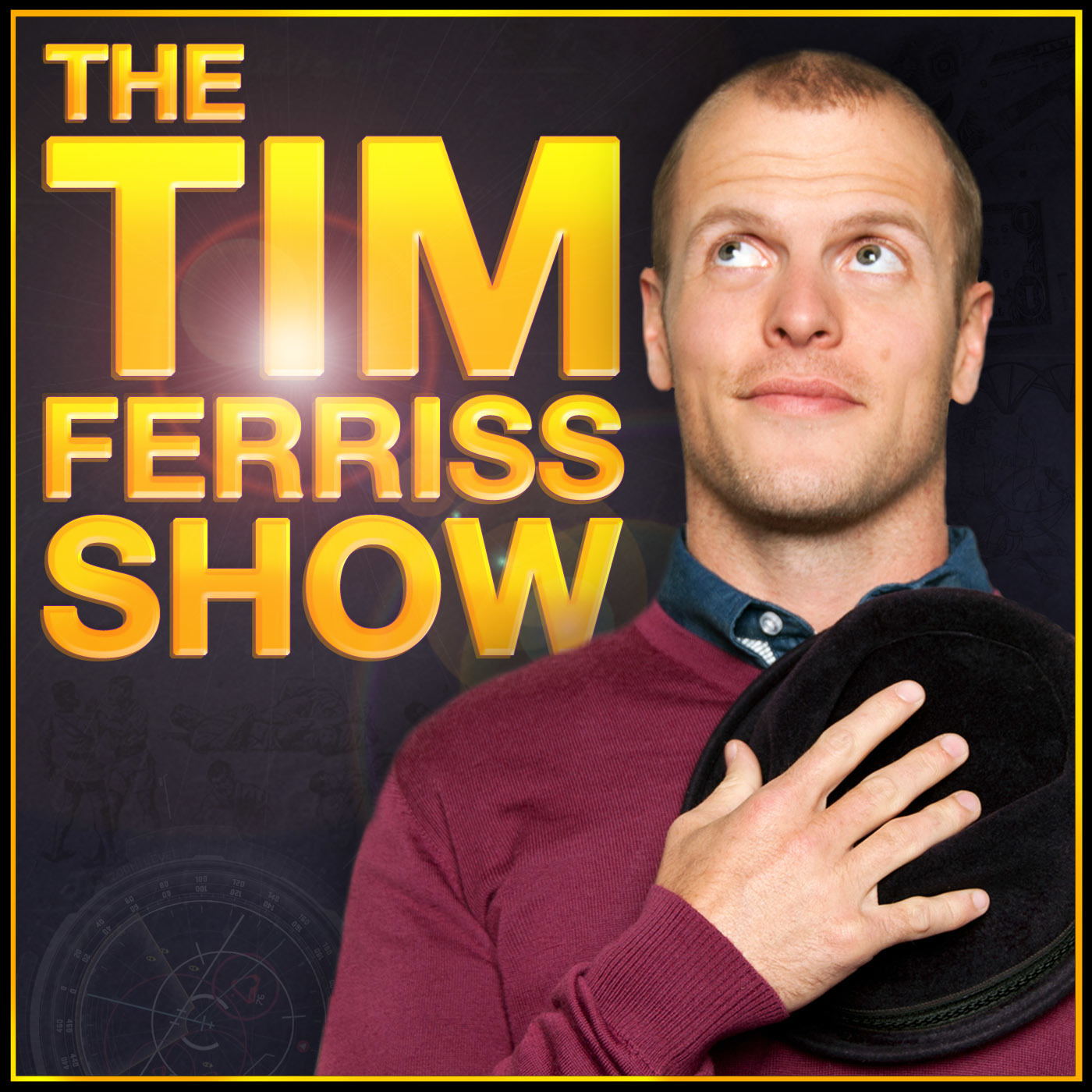PortalsOS
Related Posts
Vote to see vote counts

There are over 200 genes identified that can cause hearing loss, highlighting the significant genetic component. However, environmental factors like noise trauma, aging, and infections also play a crucial role.
The ear is the most sensitive sensory organ, capable of detecting displacements at the sub-angstrom level, which is smaller than the diameter of a hydrogen atom.

Hearing thresholds can predict the city someone lives in because different environments shape auditory experiences and sensitivities.

James Nestor experienced chronic respiratory issues despite having a healthy lifestyle. Breathwork helped him overcome these issues, demonstrating the biological function of focused breathing.
Cities have unique sonic imprints that shape residents' hearing thresholds, affecting how they perceive sounds based on their environment.

Bryan Johnson is attempting to create a new genre of health by making biomarkers a competitive sport. He claims to have the best biomarkers globally and challenges others to quantify their health similarly.
Hearing thresholds can be influenced by the sonic environment of a city, affecting how people perceive sound based on where they live.
Bryan Johnson posed the intriguing question: Are we the first generation who won't die? This question drives his experiment to measure and attempt to reverse the biological age of his organs, aiming to redefine what it means to be healthy.
Hearing loss is a huge problem, affecting 1.5 billion people and disabling half a billion. The World Health Organization estimates another billion will be affected by 2050. This issue is underappreciated and stigmatized, with many living in silence.
Hidden hearing loss can occur even if standard audiometric tests show normal results. This happens when synapses connecting sensory cells to neurons are damaged by loud sounds, leading to issues like tinnitus.